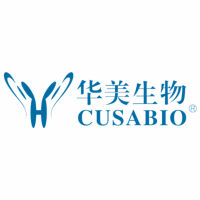Protein Turnover Methods in Single-Celled Organisms: Dynamic SILAC
互联网
597
Early achievements in proteomics were qualitative, typified by the identification of very small quantities of proteins. However, as the subject has developed, there has been a pressure to develop approaches to define the amounts of each protein – whether in a relative or an absolute sense. A further dimension to quantitative proteomics embeds the behavior of each protein in terms of its turnover. Virtually every protein in the cell is in a dynamic state, subject to continuous synthesis and degradation, the relative rates of which control the expansion or the contraction of the protein pool, and the absolute values of which dictate the temporal responsiveness of the protein pool. Strategies must therefore be developed to assess the turnover of individual proteins in the proteome. Because a protein can be turning over rapidly even when the protein pool is in steady state, the only acceptable approach to measure turnover is to use metabolic labels that are incorporated or lost from the protein pool as it is replaced. Using metabolic labeling on a proteome-wide scale in turn requires metabolic labels that contain stable isotopes, the incorporation or loss of which can be assessed by mass spectrometry. A typical turnover experiment is complex. The choice of metabolic label is dictated by several factors, including abundance in the proteome, metabolic redistribution of the label in the precursor pool, and the downstream mass spectrometric analytical protocols. Key issues include the need to control and understand the relative isotope abundance of the precursor, the optimization of label flux into and out of the protein pool, and a sampling strategy that ensures the coverage of the greatest range of turnover rates. Finally, the informatics approaches to data analysis will not be as straightforward as in other areas of proteomics. In this chapter, we will discuss the principles and practice of workflow development for turnover analysis, exemplified by the development of methodologies for turnover analysis in the model eukaryote Saccharomyces cerevisiae .









